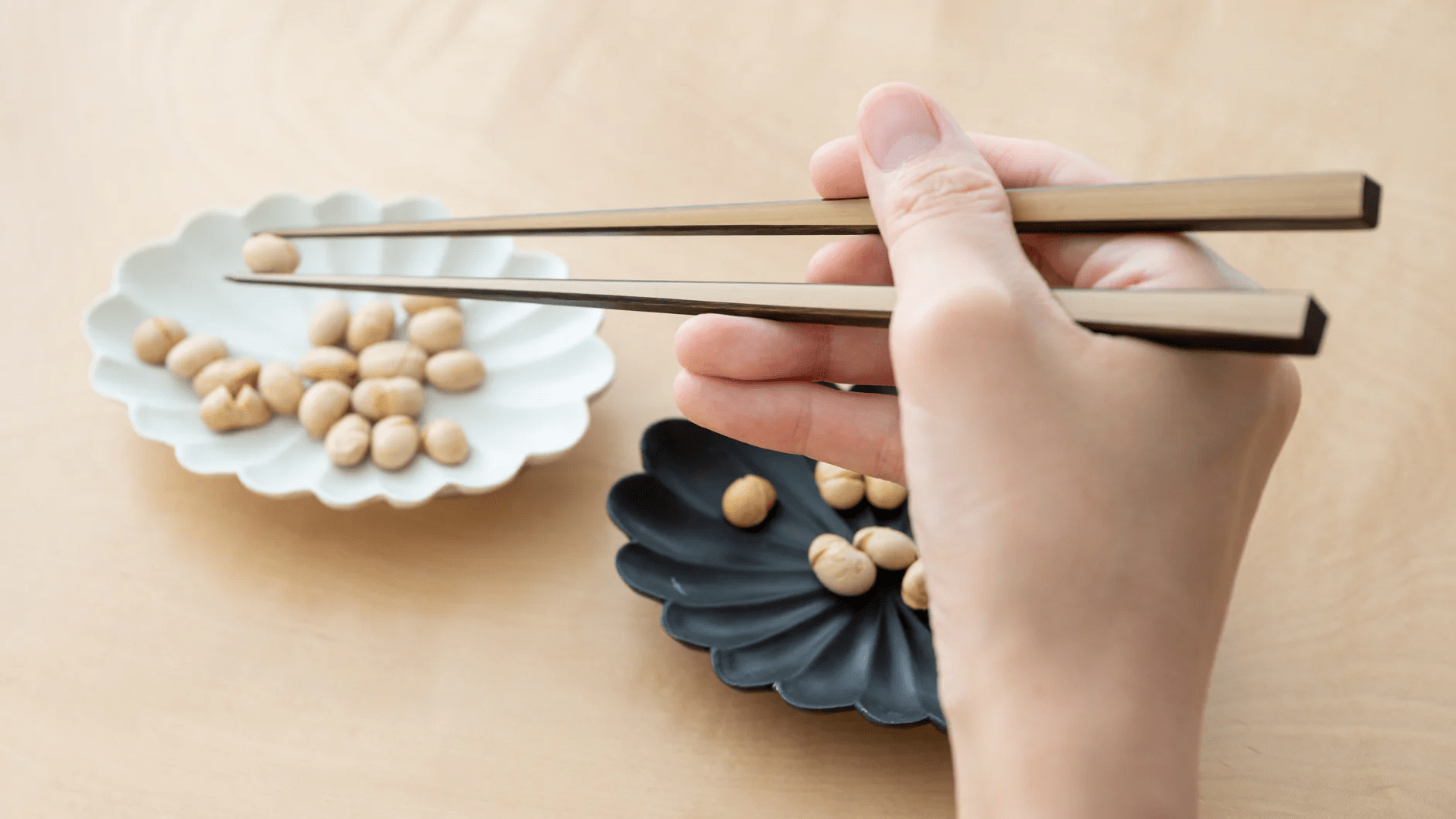
Guide to Japanese Plates
Written by Team MUSUBI
In Japan, the humble plate is more than just a vessel for food—it's an integral part of the dining experience, blending utility with artistry. Called sara in Japanese, plates are carefully crafted canvases, designed to enhance both the food they hold and the overall aesthetic of the meal. By choosing the right plate for each dish, chefs and home cooks alike create a harmony that elevates both the cuisine and the plate itself.
From the intricate elegance of Arita porcelain to the sturdy practicality of Tobe ware, Japanese plates offer a world of options, each with its own story and cultural significance. Beyond their shape and material, these plates embody the essence of Japanese tradition, connecting the past with modern culinary artistry.
table of contents
Platters
Standard Size: Minimum 31 cm (12.2 in)~

With a minimum diameter of 31 cm (12.2 in), platters are ideal for serving main dishes such as assorted sushi and tempura, or large portions of appetizers. Their generous size allows for creative arrangements, enabling you to highlight the vibrant colors and intricate details of each dish.
Furthermore, platters are perfect for communal dining, fostering a sense of sharing and togetherness at the table. When selecting a platter, consider materials like porcelain, stoneware, or lacquered wood, which not only enhance the aesthetic but also provide a sturdy base for diverse culinary creations. They can be the centerpiece of any Japanese dining setting, offering ample space to present dishes that are both visually appealing and appetizing.
Dinner Plates
Standard Size: 21 cm to 30.9 cm (8.3 to 12.2 in)

Dinner plates are the backbone of your meal presentation, offering versatility in size to accommodate a wide range of entrees. Ranging from 21 cm (8.3 in) to 30.9 cm (12.2 in) in diameter, dinner plates provide the perfect canvas for showcasing various main courses, such as steak or grilled fish. The flexibility in size allows you to tailor the plate to the complexity and volume of the dish, ensuring that each component is proportionately displayed.
When arranging food on your dinner plate, aim for a balanced composition that highlights the harmony of flavors and textures characteristic of Japanese cuisine. Opt for plates with subtle patterns or elegant simplicity to complement the food without overpowering it.
Side Plates
Standard Size: 13 cm to 20.9 cm (5.1 to 8.2 in)

Side plates play a crucial role in complementing the main course, offering space for smaller dishes that add variety to a meal. With sizes ranging from 13 (5.1 in)–20.9 cm (8.2 in), side plates are perfectly suited for serving salads, tsukemono “pickles,” small appetizers, or desserts. They are also ideal as individual plates used when sharing dishes. Their moderate size ensures that each accompanying dish is presented neatly and elegantly.
Utilizing side plates allows you to introduce a spectrum of flavors and textures, creating a more complex and satisfying meal.
Sauce Plates
Standard Size: Up to 12.9 cm (5.1 in)

Sauce plates are the smallest in the Japanese plate hierarchy, carefully designed to hold condiments and sauces without overwhelming the table. They are especially helpful when planning an ichi-ju-san-sai style meal setup.
With a maximum diameter of 12.9 cm (5.1 in), sauce plates are ideal for serving various condiments such as soy sauce, wasabi, and other sauces that enhance the flavors of your main dishes. It is also highly recommended for use as a butter plate. Their compact size ensures that condiments are easily accessible to each diner while maintaining a neat table.
By using dedicated sauce plates, you can preserve the elegant simplicity of your tablespread, allowing guests to enjoy their meals with the perfect balance of flavors. Pairing sauce plates with bento boxes or larger plates can also bring many delightful and surprising visual and functional experiences.
In Japan, every plate tells a story—one of tradition, craftsmanship, and the harmonious union of food and presentation. By understanding the thoughtful artistry behind these plates, we gain not only a deeper appreciation for Japanese dining but also an invitation to explore how we, too, can elevate our meals through mindful choices. Let the art of Japanese plates inspire your next dining journey.








1 comment
Your plates look really beautiful! At Gowri Plates, we use simple patterns that give an elegant and timeless look to any dining setting.
For any inquiries, please contact us at:
Email: gowrienterprises999@gmail.com
Phone: +91 9843458999
admin blazon
Leave a comment
This site is protected by hCaptcha and the hCaptcha Privacy Policy and Terms of Service apply.